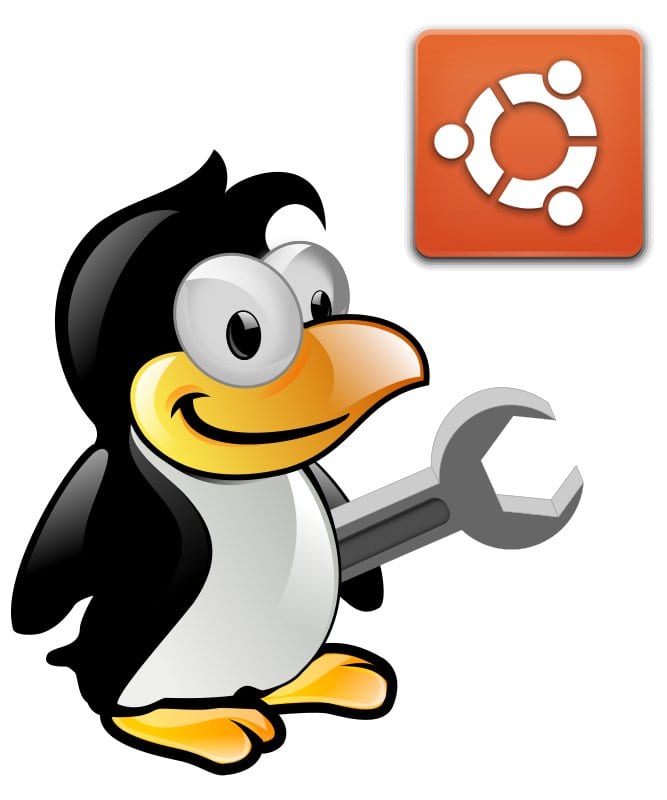Linux, with its robust command-line interface, is a powerhouse for system administrators and users alike. In this blog, we’ll dive into the world of troubleshooting on Ubuntu and CentOS, two of the most popular Linux distributions. Whether you’re a seasoned Linux user or just starting, understanding command-line solutions for common issues can be a game-changer.
1. Identifying System Issues
Checking System Logs:
- Learn how to use commands like
journalctlon CentOS andsyslogon Ubuntu to delve into system logs. Identify error messages, warnings, and critical information that can pinpoint issues.
Monitoring System Resources:
- Utilize commands such as
topandhtopto monitor system resource usage. Identify resource-hungry processes and troubleshoot performance bottlenecks.
2. Networking Woes? Not Anymore!
Checking Network Connectivity:
- Use commands like
pingandtracerouteto troubleshoot network connectivity issues. Verify if your Ubuntu or CentOS system can reach external servers and diagnose connection problems.
Analyzing Network Interfaces:
- Explore commands like
ifconfigon CentOS andipon Ubuntu to inspect network interfaces. Resolve issues related to IP addresses, netmasks, and connectivity settings.
3. File and Directory Quandaries
Finding and Fixing File Permission Issues:
- Understand commands like
chmodandchownto fix file permission problems. Ensure your files and directories have the correct permissions for smooth operation.
Checking Disk Space:
- Use commands like
dfandduto inspect disk space usage. Identify large directories and free up space on your Ubuntu or CentOS system.
4. Software Glitches Begone!
Package Management Solutions:
- Learn commands like
apton Ubuntu andyumon CentOS for package management. Fix dependency issues, update packages, and resolve conflicts effortlessly.
Service Management:
- Utilize commands such as
systemctlon CentOS andserviceon Ubuntu to manage system services. Troubleshoot startup issues, restart services, and ensure smooth operations.
5. Security Matters
Firewall Configuration:
- Use commands like
firewalld-cmdon CentOS andufwon Ubuntu to configure firewalls. Ensure that your system is secure by troubleshooting firewall rules.
Checking for Malware:
- Explore commands like
rkhunterandclamscanto check for malware and rootkits on Ubuntu and CentOS. Keep your system secure by identifying and removing potential threats.
6. Advanced Troubleshooting Techniques
Kernel Module Management:
- Learn commands like
lsmodandmodprobeto manage kernel modules. Troubleshoot issues related to hardware compatibility and system stability.
System Recovery:
- Understand how to use the command line for system recovery on Ubuntu and CentOS. From fixing bootloader issues to recovering from system crashes, master the art of Linux recovery.
Conclusion: Empowering Troubleshooters
Troubleshooting on Ubuntu and CentOS using the command line is a valuable skill for Linux users. Whether you’re dealing with networking problems, file permission issues, or software glitches, these command-line solutions empower you to diagnose and resolve issues efficiently. Embrace the power of the Linux terminal, and turn troubleshooting into a seamless part of your Linux journey.
FAQs (Frequently Asked Questions)
- Can I troubleshoot Ubuntu-specific issues using these commands on CentOS and vice versa?
- Yes, many troubleshooting commands are universal across Linux distributions, but there might be some distribution-specific variations.
- What should I do if I encounter a ‘Permission Denied’ error when troubleshooting file permissions?
- Use the
sudocommand to execute commands with administrative privileges. For example,sudo chmodorsudo chown.
- Use the
- Are there graphical tools available for troubleshooting on Ubuntu and CentOS?
- Yes, both Ubuntu and CentOS offer graphical tools for system administration. However, the command-line solutions provide more detailed insights.
- Can I troubleshoot hardware-related issues using these commands?
- Some commands, like those related to kernel modules, allow you to troubleshoot and manage hardware-related issues.
- How often should I check system logs for troubleshooting?
- Regularly checking system logs is a good practice, especially when you encounter issues or after system updates. It helps in proactive issue identification and resolution.
